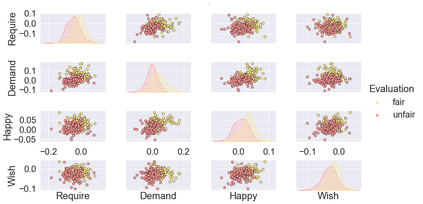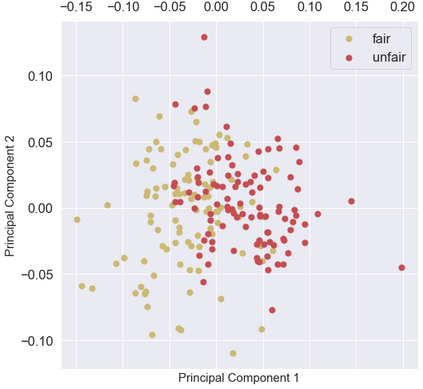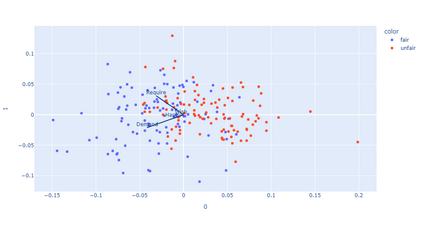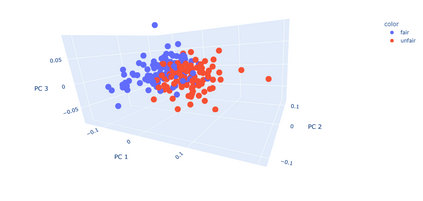To treat others as one would wish to be treated is a common formulation of the golden rule (GR). Yet, despite its prevalence as an axiom throughout history, no transfer of this moral philosophy into computational systems exists. In this paper we consider how to algorithmically operationalise this rule so that it may be used to measure sentences such as the boy harmed the girl, and categorise them as fair or unfair. For the purposes of the paper, we define a fair act as one that one would be accepting of if it were done to oneself. A review and reply to criticisms of the GR is made. We share the code for the digitisation of the GR, and test it with a list of sentences. Implementing it within two language models, the USE, and ALBERT, we find F1 scores of 78.0, 85.0, respectively. A suggestion of how the technology may be implemented to avoid unfair biases in word embeddings is made - given that individuals would typically not wish to be on the receiving end of an unfair act, such as racism, irrespective of whether the corpus being used deems such discrimination as praiseworthy.
翻译:将他人视为希望被对待的人,是黄金规则(GR)的共同表述。然而,尽管这一道德哲学在整个历史中普遍存在,但这一道德哲学并没有转移到计算系统之中。在本文件中,我们考虑如何从逻辑上操作这一规则,以便用它来衡量诸如男孩伤害女孩等判决,并将之归类为公平或不公平。为本文件的目的,我们将公平行为定义为如果对自己做出这种行为,人们会接受的公平行为。审查和答复对GR的批评。我们同意将GR数字化的守则,并用一个判决清单来测试它。在两种语言模式,即USE和ALBERT中执行这一规则,我们分别发现F1分78.0、85.0分,我们发现F1分,技术如何应用以避免文字嵌入中的不公平偏见――因为个人通常不希望接受不公平行为,例如种族主义,而不管使用的物质是否认为这种歧视是值得称道的。










